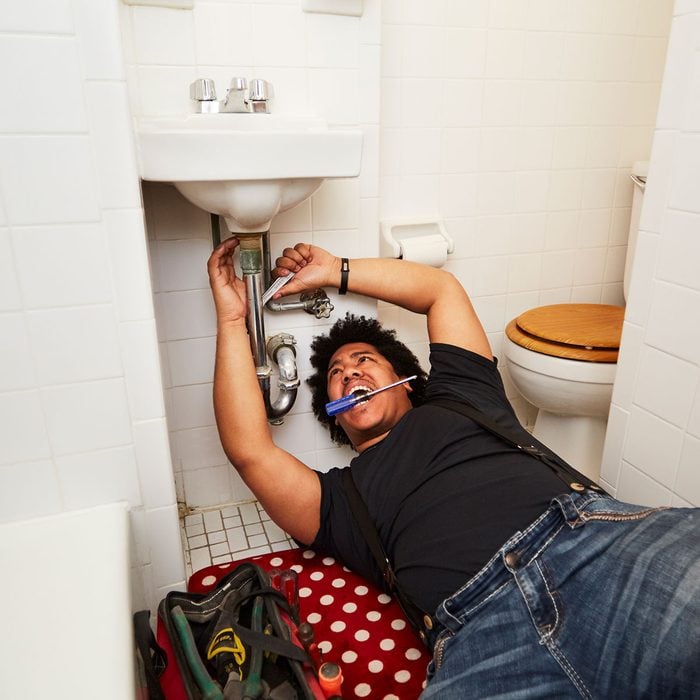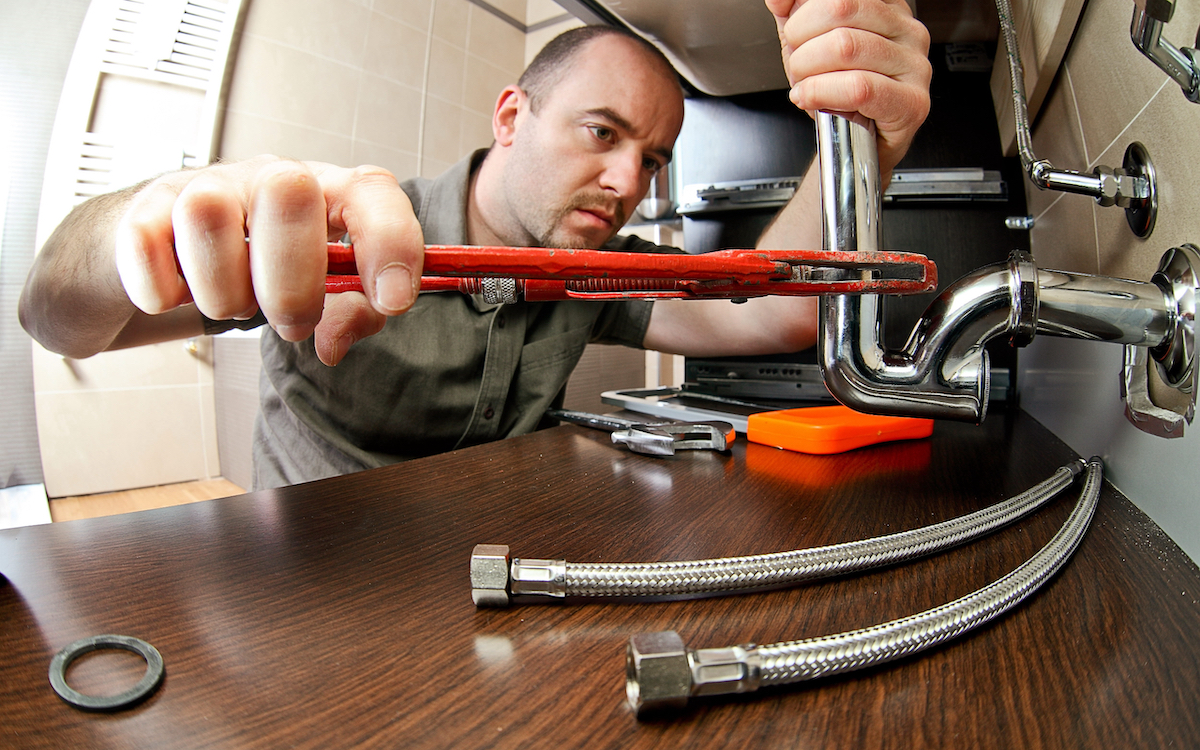Trusted Plumber Alabaster AL for All Your Emergency Requirements
Trusted Plumber Alabaster AL for All Your Emergency Requirements
Blog Article
A Step-by-Step Guide to Reliable Hot Water Heater Installment for Ideal Performance
Beginning on the job of installing a water heating system is a venture that demands accuracy and a systematic method for attaining optimal performance. As you continue, the details of connecting water supply lines and establishing up trusted electrical or gas links wait for, promising insights into making certain effectiveness and integrity.
Choosing the Right Hot Water Heater

Following, consider the dimension and capability of the water heating system. It's vital to examine your house's warm water needs, which can differ based upon the number of passengers and their usage patterns. A system that's as well small may cause not enough warm water, while an oversized model could cause unneeded power usage.
Effectiveness scores additionally play a crucial role in option. Look for water heating units with high Energy Element (EF) scores, suggesting remarkable performance and minimized energy usage. Tankless models, though usually much more costly upfront, offer substantial power financial savings gradually because of their on-demand heating abilities.
Preparing the Installation Area
Prior to mounting a new hot water heater, precise preparation of the installment location is vital. This guarantees a smooth installation procedure and aids stop future problems (Plumber Alabaster AL). Begin by picking a proper place that complies with local building regulations and security standards. The location must be dry, well-ventilated, and easily accessible for upkeep. It's vital to determine the room very carefully to accommodate the hot water heater's measurements, ensuring ample clearance around the unit for reliable operation and maintenance.
Inspect the floor for stability, as the water heating unit will need a solid, level surface to operate efficiently. If required, install a drip pan beneath the unit to capture possible leakages or spills, protecting against water damages to the surrounding location.
Furthermore, make sure that all needed devices and materials are on hand prior to starting the installment. This consists of products such as wrenches, screwdrivers, a level, and any type of extra hardware required for mounting and securing the heater. A well-prepared installation location establishes the structure for a successful water heating unit configuration, enhancing performance and safety and security.
Connecting Water Lines
When attaching supply of water lines to your recently set up water heater, it is critical to make certain that all links are secure and leak-free to maintain efficient operation and prevent water damages. Begin by determining the cool and warm supply of water lines. The cool water inlet is commonly marked with a blue tag or a "C", while the warm water electrical outlet is marked with a red tag or an "H".
Use flexible water heating unit adapters to facilitate a simpler setup procedure. Prior to affixing the ports, position a plumber's tape around the threaded ends of the water heater's inlet and outlet pipes.
When links remain in area, gradually switch on the major water supply valve. Inspect each connection for leaks by visually feeling and checking for moisture. Tighten connections as necessary, and ensure the pressure safety valve is correctly installed, protecting against excessive pressure accumulation.
Establishing Electric or Gas Links
Appropriately establishing the electrical or gas connections for your hot water heater is an essential step to ensure reliable and risk-free operation. For electric hot water heater, start by validating that the electrical circuit works with the heater's voltage and amperage needs. Make certain the power supply is switched off at the circuit breaker to avoid accidents. Attach the electric cables to the heater following the supplier's electrical wiring representation. Generally, this entails attaching the ground cable to the green terminal, and the continuing to be wires to their matching terminals, safeguarding each with cable nuts.
For gas hot water heater, safety is extremely important. Verify that the gas supply web link is off prior to proceeding. Attach the gas line to the hot water heater making use of a flexible gas port, guaranteeing it is correctly threaded and secured with pipe joint compound or Teflon tape ideal for gas connections. Tighten up the links with a wrench, taking care not to over-tighten (Water Heater installation Alabaster AL).
Once links are made, evaluate for any potential leaks. For gas lines, use a soapy water remedy to the joints; bubbles indicate a leak. For electrical connections, verify that all circuitry is secure and correctly protected, preserving conformity with neighborhood electric codes.
Testing and Adjusting for Effectiveness
With the electric and try this out gas links safely in area, the following action is reviewing the functional performance of your hot water heater. Begin by carefully activating the water supply and guaranteeing there are no leaks at any of the joints or valves. As soon as validated, continue to fill up the storage tank, taking note of the pressure and temperature settings. It is advisable to establish the thermostat to This Site an advised temperature level of around 120 ° F(49 ° C) to balance energy efficiency and comfort.
Next, perform a comprehensive evaluation to ensure the burner or gas burners are operating properly. For electric heating systems, use a multimeter to verify if the elements are attracting the appropriate existing. In gas designs, observe the burner fire; it must be constant and blue, suggesting efficient burning.
Adjust the setups as required to remove ineffectiveness. Consider applying insulation steps, such as including a hot water heater covering, to even more boost performance by minimizing warm loss. Additionally, inspect the anode pole's condition, as a deteriorated pole can reduce effectiveness and bring about storage tank deterioration.
Conclusion
Efficient water heating unit installment is crucial for guaranteeing ideal efficiency and power financial savings. Securely connecting water supply lines and thoroughly setting up electrical or gas connections reduce prospective concerns.

Correctly setting up the electrical or gas links for your water heating unit is a vital action to guarantee efficient and safe operation. For electric water heaters, begin by verifying that the electrical circuit is suitable with the heating system's voltage and amperage requirements. Link the gas line to the water heating system using a flexible gas port, ensuring it is appropriately threaded and secured with pipe joint compound or Teflon tape suitable for gas connections.
Report this page